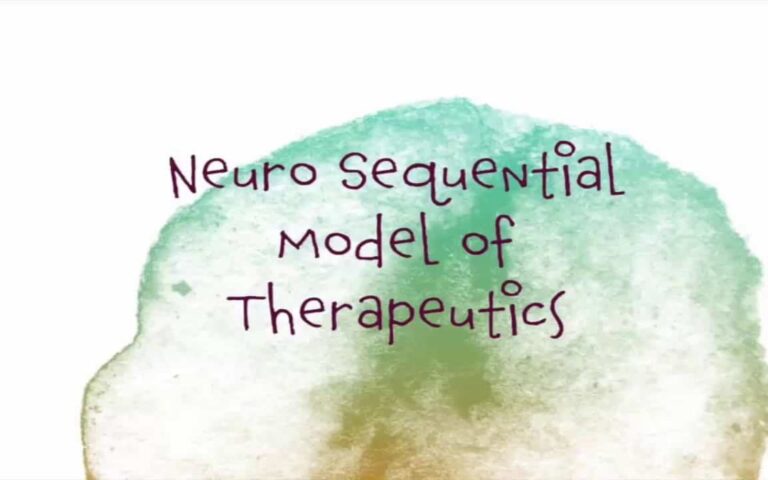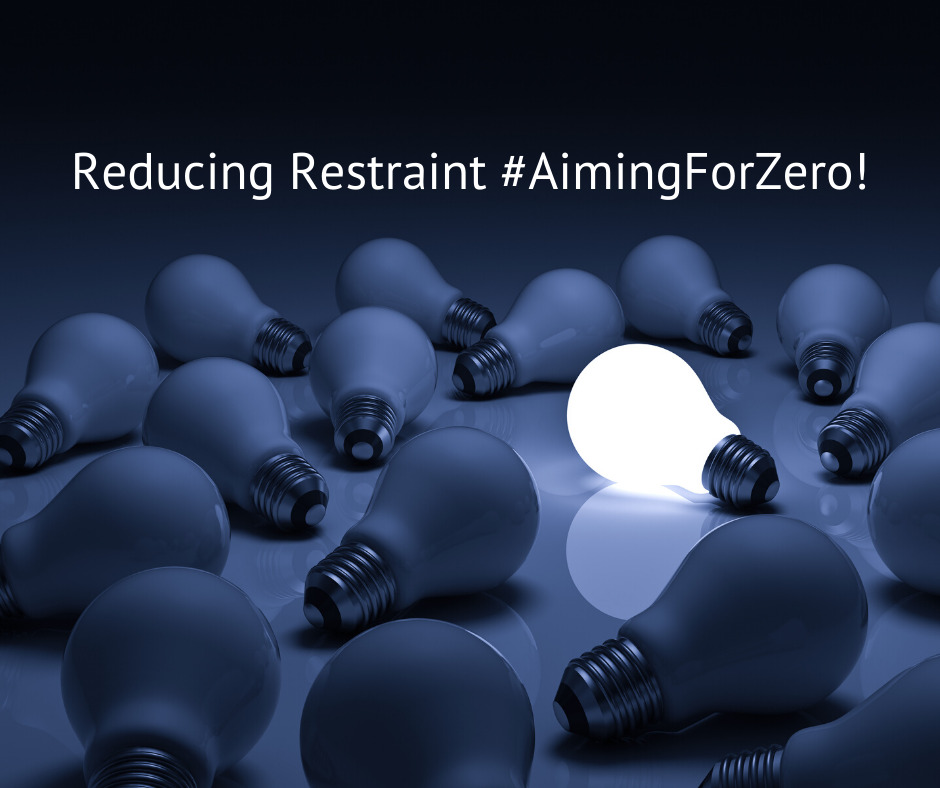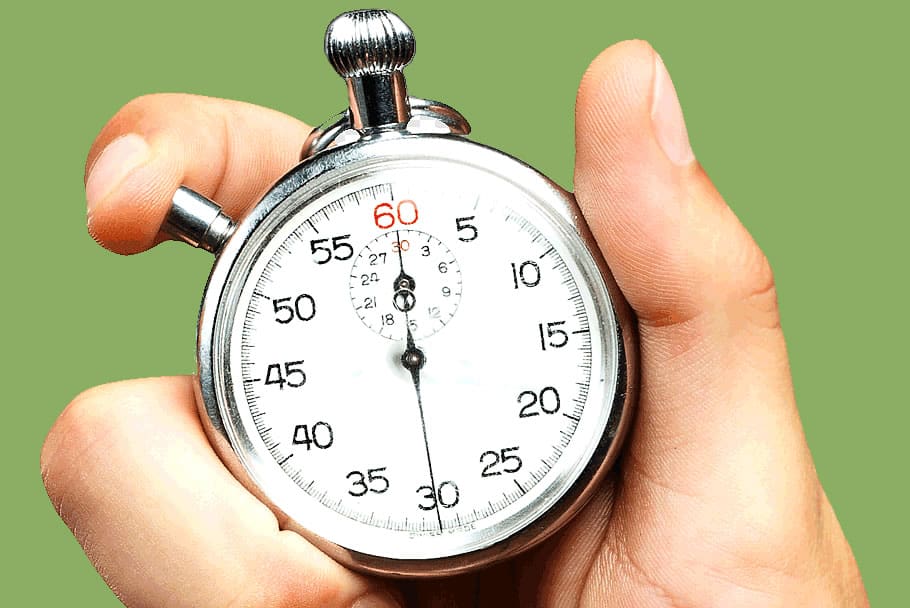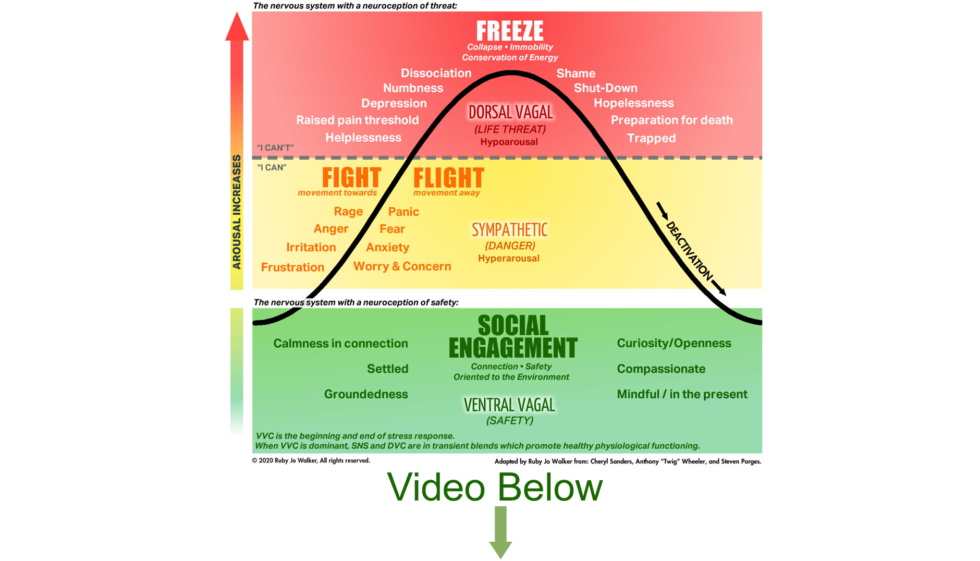Fantastic video showing Dr Bruce Perry’s ‘Bottom-Up Approach’ to recovery
The Neurosequential Model of Therapeutics (NMT)
The Neurosequential Model of Therapeutics (NMT) is essentially an approach to clinical problem-solving. The specific goal of this approach is to ensure that the clinician is thinking about the child through a developmental lens and incorporating advances in neurobiology that tell us important principles about how individuals respond to threat and how this influences development. This neurodevelopmental lens allows a perspective that complements other theoretical frameworks. It is not meant to replace but to compliment.

What we know about complex human behaviour is there are several determinants making a significant contribution in every domain of functioning. Genetic, epigenetic, intrauterine, early attachment experiences and developmental adverse experiences, as well as relational buffers all, contribute to current functioning. The NMT process asks the clinician to attempt to reconstruct the individual’s route to the present. We believe that this can help us better understand the unique strengths and vulnerabilities of an individual.








